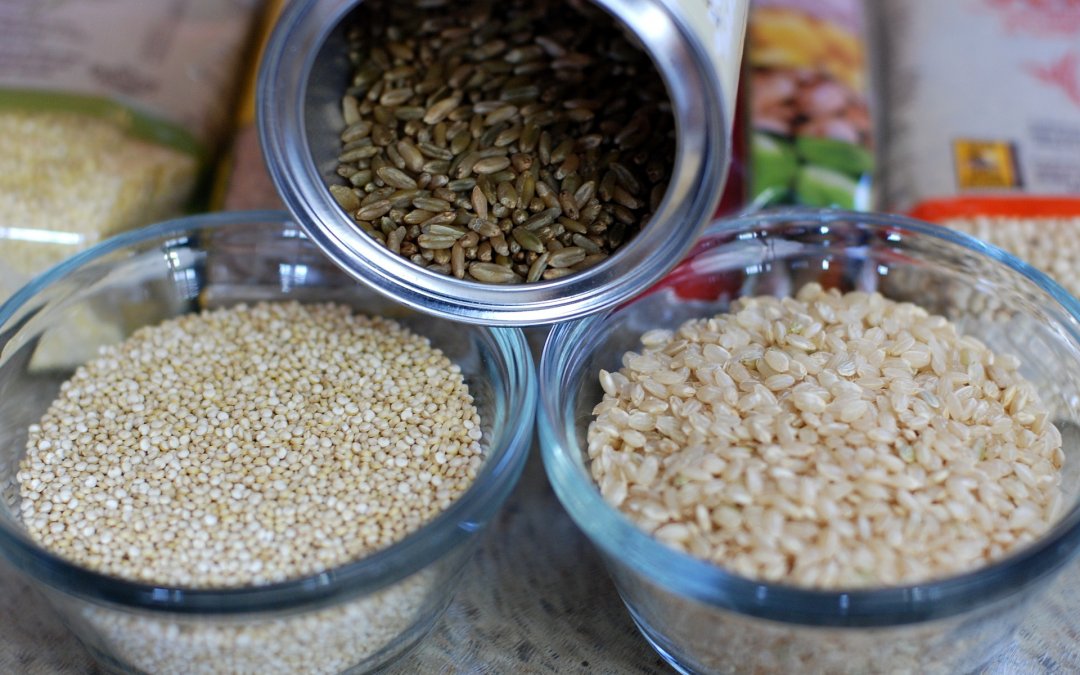What is the FODMAP Elimination Diet?
The low FODMAP Elimination Diet is a more specific kind of elimination diet that’s believed to be most effective for sufferers of IBS or IBS-like symptoms. The protocol is to eliminate foods that are labelled as ‘High FODMAP’ from the diet for a minimum of 4 weeks, which usually reduces or eliminates IBS-related symptoms.
Some of the excluded foods are then reintroduced to the diet individually, to identify the major causes of symptoms. And more importantly, to figure out which foods don’t cause digestive issues.
What Does FODMAP Mean?
The acronym ‘FODMAP’ stands for Fermentable Oligo-, Di-, Mono-saccharides And Polyols. These are a group of carbohydrates that tend to be badly absorbed by the body. FODMAPs can cause diarrhoea or constipation, bloating, wind and abdominal pain in those with a predisposition to gastrointestinal symptoms.
Foods to Avoid
Major FODMAPs include; fructose, fructans, GOS, lactose and polyols. Here are a few examples of foods containing these FODMAPs.
Fructose – Honey, various fruits, low-calorie yoghurt, high fructose corn syrup, agave and figs.
Lactose – Most dairy items, some bread and baked goods, salad dressings, deli meats (surprisingly!) and, even margarine.
Polyols – Found many snacks advertised as ‘health foods’, such as protein bars, to limit the sugar content. Polyols can also be found in cauliflower, apples, apricots, mushrooms and several sugar additives.
GOS – Cabbage, cashews, legumes and pistachios
Fructans – Wheat, rye, onions, dried fruit, watermelon, nectarine and garlic
Low FODMAP foods
Keep in mind that this diet isn’t completely black and white. Remember, the low FODMAP diet is only LOW in FODMAPs. It’s okay to eat foods with small amounts of these during your elimination diet. As long as you avoid those high FODMAP foods, you should reap the benefits.
You can still eat foods that are low in FODMAPs, such as polyols and fructose, but still contain them. Here is a (non-extensive) list of Low FODMAP foods you can enjoy;
Grains
100% spelt bread, rice, oats, polenta and quinoa
Vegetables
Broccoli, celery, ginger, green beans, carrots, lettuce, olives, parsnip, potato, pumpkin, spinach, swede, sweet potato, tomato and turnip
Fruit
Banana, honeydew, melon, blueberry, grapes, lemon, raspberry, strawberry, rhubarb and lime
Milk Products
Hard cheeses, brie and camembert, gelati and sorbet
Other
Artificial sweeteners (not ending in ‘-ol’), molasses and treacle, are all fine. Also, sugar, golden syrup and maple syrup are okay, in small quantities.
There are many other foods which the Low FODMAP diet permits, but this is a good starting point.
Tailoring Your Diet
The low FODMAP diet isn’t one-size-fits-all, which is why beginning it as an elimination diet makes it most useful. This is because not all FODMAPs will trigger symptoms for you, and once you’ve tailored the diet to your triggers, it becomes easy to follow.
Another important note is that you should never wholly eliminate FODMAP foods for an extended time. As FODMAPs are prebiotics, they encourage the growth of good bacteria in your gut. This makes them essential for long-term gut health. Studies have shown that a strict low-FODMAP diet, long term, can harm gut bacteria.
You can more effectively tailor your Low-FODMAP diet through the use of food intolerance testing. A food intolerance test can highlight which High FODMAP foods are likely to be trigger foods. This can guide your elimination diet more effectively.
Intolerance testing is an excellent way to keep non-offending high FODMAP foods in your diet, and ensuring your gut stays healthy with all that good bacteria being fed.


